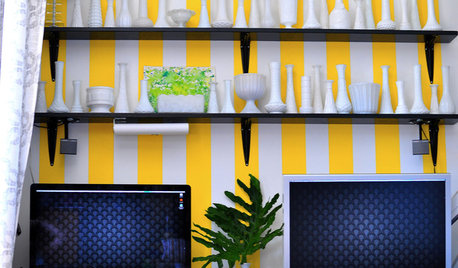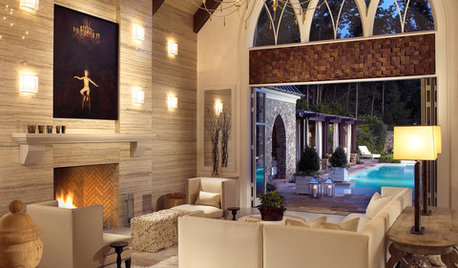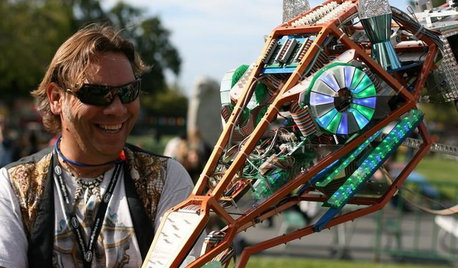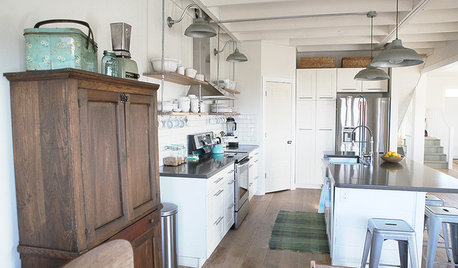electrical wiring for furnace
Sara_in_philly
10 years ago
Related Stories

ACCESSORIESHow to Hide Those Messy Wires
Untangle Yourself From Ugly Electrical Cords With a Few Tricks and Accessories
Full Story
MORE ROOMSHome Tech: Getting Rid of Wires Without Sacrificing Sound
Wireless home technology still isn't perfect, but new products are giving audiophiles choices
Full Story
DIY PROJECTSHide All Those Wires in a DIY Charging Station
Keep your gadgets handy and charged with a flexible storage board you can design yourself
Full Story
LIGHTING10 Ways With Wall Lights That Don’t Need to Be Wired In
Learn how to add illumination to your home without carving into the walls
Full Story
EVENTSMaker Faire: Pancake Printers, an Electric Giraffe and So Much More
Passionate makers bring their latest wares to an annual festival where creativity meets tech
Full Story
ACCESSORIESEasy Green: Cut Electricity Use With 15 Unplugged Home Devices
Crank up the energy savings, courtesy of household items that come into power the old-fashioned way: manually
Full Story
DESIGN DICTIONARYConduit
A conduit inside a building serves as a channel for electrical cables and wires
Full Story0

LIFEHow to Prepare for and Live With a Power Outage
When electricity loss puts food, water and heat in jeopardy, don't be in the dark about how to stay as safe and comfortable as possible
Full Story
DISASTER PREP & RECOVERYMore Power to You: How to Pick the Right Generator
If your home's electricity goes, don't let it take your necessities with it — keep systems running with this guide to backup power
Full Story
GREEN BUILDINGGoing Solar at Home: Solar Panel Basics
Save money on electricity and reduce your carbon footprint by installing photovoltaic panels. This guide will help you get started
Full StoryMore Discussions









greg_2010
Sara_in_phillyOriginal Author
Related Professionals
Pooler General Contractors · Arlington General Contractors · Hartford General Contractors · Oneida General Contractors · Spencer General Contractors · Universal City General Contractors · Vincennes General Contractors · Watertown General Contractors · Orinda Solar Energy Systems · Waltham Solar Energy Systems · Azalea Park Solar Energy Systems · Rosamond Solar Energy Systems · Damascus Home Automation & Home Media · El Monte Home Automation & Home Media · Milton Home Automation & Home MediaSara_in_phillyOriginal Author
insteng
Sara_in_phillyOriginal Author
insteng
greg_2010
greg_2010
Ron Natalie
greg_2010
ionized_gw
btharmy
olpea
joefixit2
greg_2010
Sara_in_phillyOriginal Author
ionized_gw
hendricus
olpea
Sara_in_phillyOriginal Author
ionized_gw
ionized_gw
Sara_in_phillyOriginal Author
ionized_gw
olpea
weedmeister
olpea
Sara_in_phillyOriginal Author
ionized_gw
olpea
User
olpea
User
olpea
marknmt
HU-358367934